Tucked between Campania and Molise in central-southern Italy, the Matese Mountains show off some of the most breathtaking natural landscapes I’ve come across. When I stumbled upon this hidden gem, Lake Matese instantly grabbed my attention. Turns out, it’s actually the highest karst lake in all of Italy.
The Matese massif blends jaw-dropping mountain views, rich biodiversity, and a unique cultural heritage. It’s a must for nature lovers who want to see a different side of Italy, far from the usual tourist crowds.
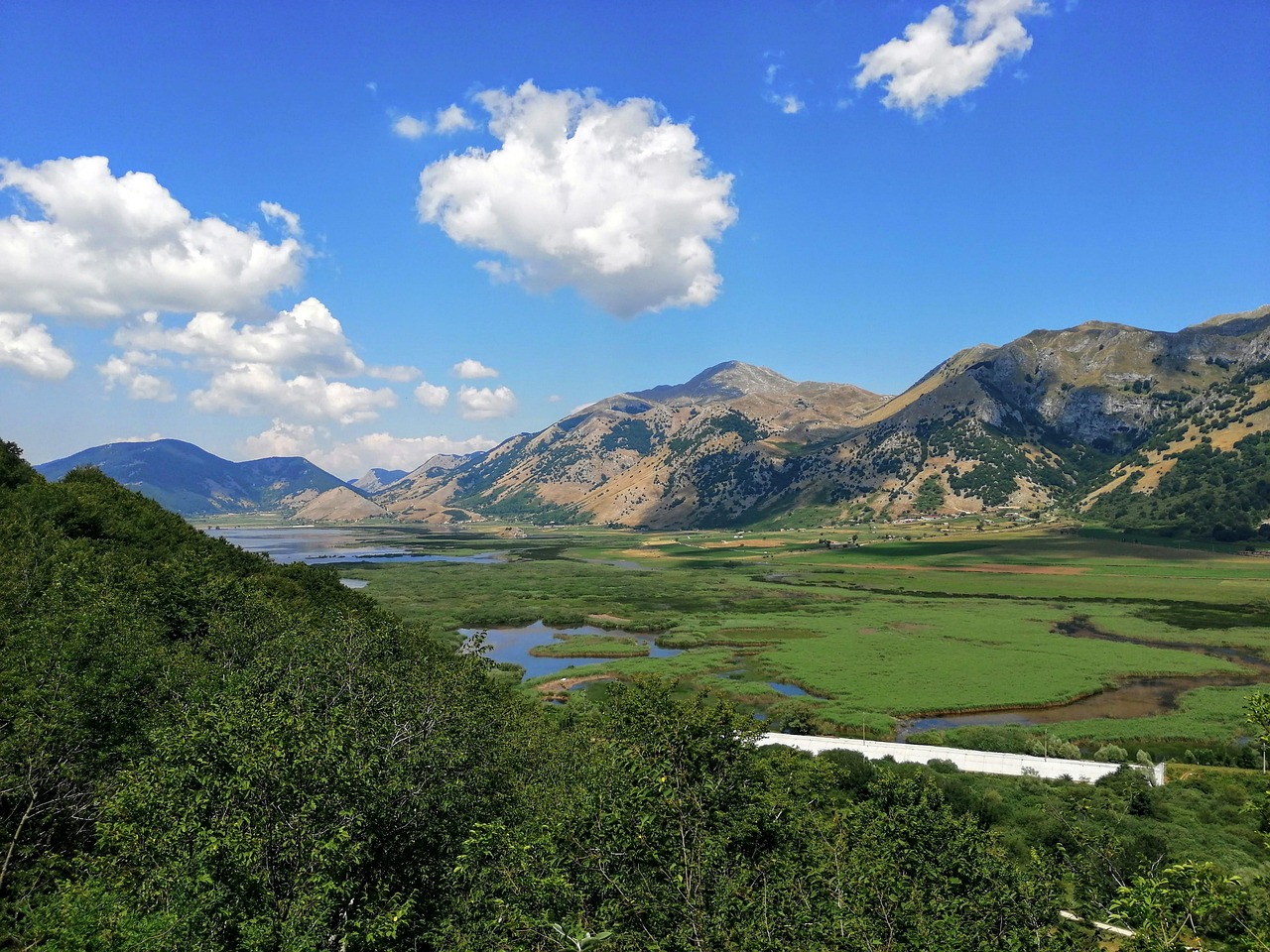
When I hiked through Matese Regional Park, I found dramatic caves and lush forests at every turn. The park stretches across both regions and protects this one-of-a-kind ecosystem, letting visitors like me get up close with its wild beauty.
I especially enjoyed the areas near Mt. Miletto. At 2050 meters, it offers panoramic views that stretch from the mountainous interior all the way to the distant Molise coastlines.
The blend of Campania and Molise creates a fascinating cultural patchwork that only adds to the natural allure. The villages around the Matese mountains greeted me with genuine Italian hospitality—something that feels rare in more popular destinations.
Now that the area’s been upgraded to National Park status, it preserves centuries of tradition but still gives modern travelers a peek into Italy’s wilder side.
The Allure of the Matese Mountains
The Matese Mountains have a way of grabbing your attention with their dramatic landscapes and untouched natural beauty.
Standing between Campania and Molise, this range offers some of Italy’s most unforgettable scenery.
Rugged Peaks and Panoramic Views
I’ve honestly never seen anything quite like the views from the Matese. These rugged mountains leap up from the countryside, creating a backdrop you can spot for miles.
On my hikes, I found countless spots to take in the deep valleys below.

Nature lovers will have a tough time resisting these mountains. Sharp ridges and steep slopes challenge even experienced hikers. Still, the reward at the top makes every step worth it.
The views stretch across both regions. On clear days, you can spot rolling hills, patchwork fields, and even glimpses of the Tyrrhenian Sea.
At sunrise, the golden light on the peaks is something special. No wonder photographers love it here.
The Matese Massif and Samnite Apennines
The Matese Massif makes up a big chunk of the Samnite Apennines, forming a natural boundary between Campania and Molise.
Here, you’ll find some of the region’s highest peaks and most varied ecosystems.
When I wandered through this area, the limestone formations really caught my eye. Over millions of years, the massif’s geology has shaped unique rock formations and cave systems throughout the region.
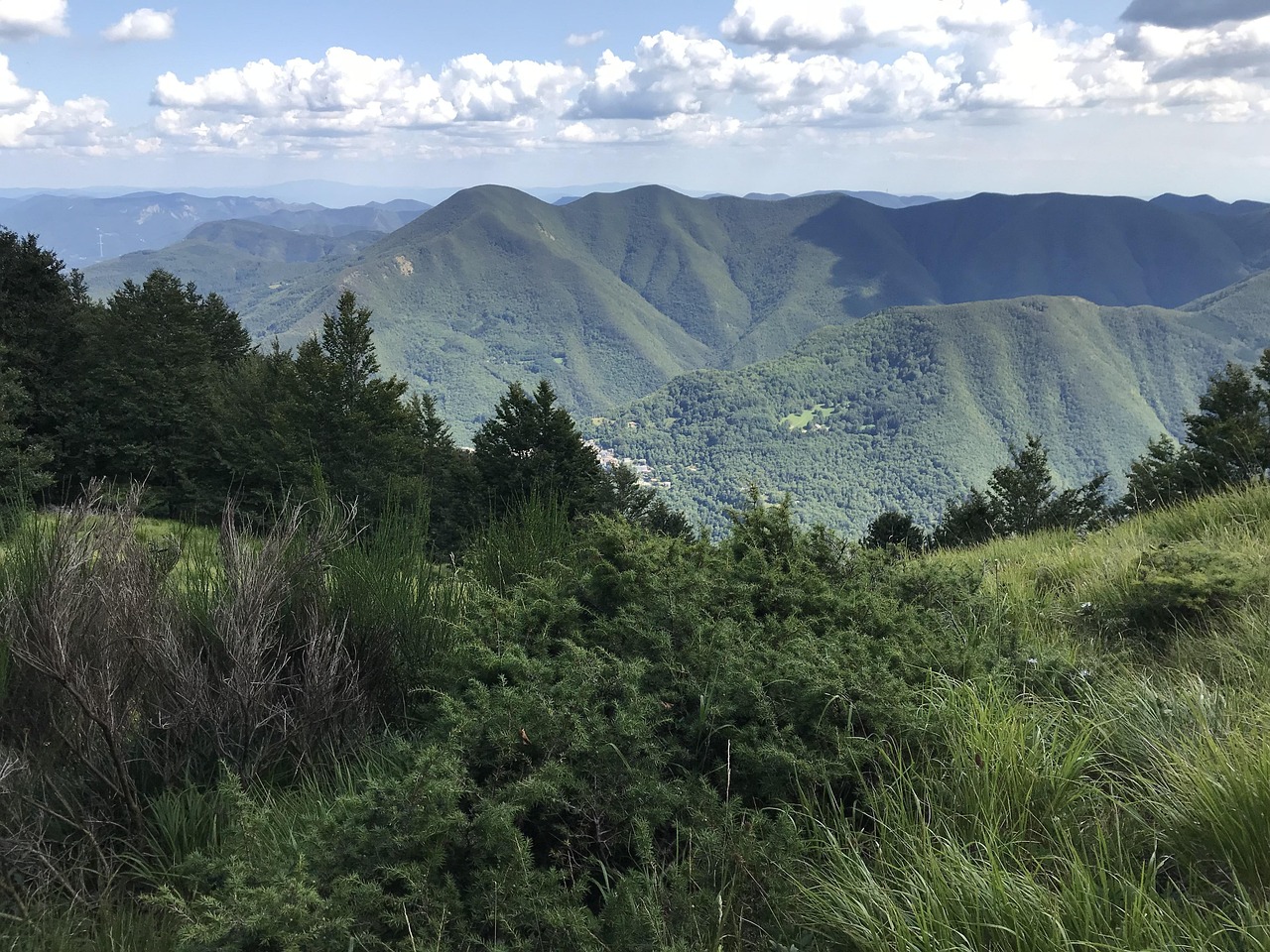
The Samnite Apennines have quite the backstory too. Ancient peoples like the Samnites used these mountains as strongholds. You can still spot remnants of their presence, which ties the wild landscape to a deep human history.
The biodiversity here is something else. Mediterranean and Alpine influences come together, creating habitats for rare plants and animals.
Snow-Covered Winters and Sharp Drops in Temperature
Winter turns the Matese Mountains into a snowy wonderland. Peaks stay white from November to March, standing out against the green valleys below.
When I visited in winter, I noticed just how quickly temperatures can plummet. That drop creates perfect conditions for winter sports fans. Several ski resorts operate in the area, with slopes for every skill level.
Weather here can change fast. I always check the local forecast and pack layers, even for summer hikes.
Spring brings a dramatic thaw. Melting snow swells the mountain streams and feeds Lake Matese, which sits dramatically at the foot of Mount Miletto and Mount Gallinola.
Sparkling Lakes and Crystal-Clear Waters
The mountains of Matese cradle some of Italy’s cleanest, most beautiful bodies of water. These lakes and streams shine like jewels against the rugged landscape.
Lago del Matese: The Heart of Natural Beauty
I’ve rarely seen waters as captivating as Lago del Matese. This alpine lake sits over 1,000 meters above sea level, making it one of southern Italy’s highest lakes.
Its crystal waters reflect the surrounding peaks, creating a mirror effect that’s honestly breathtaking.
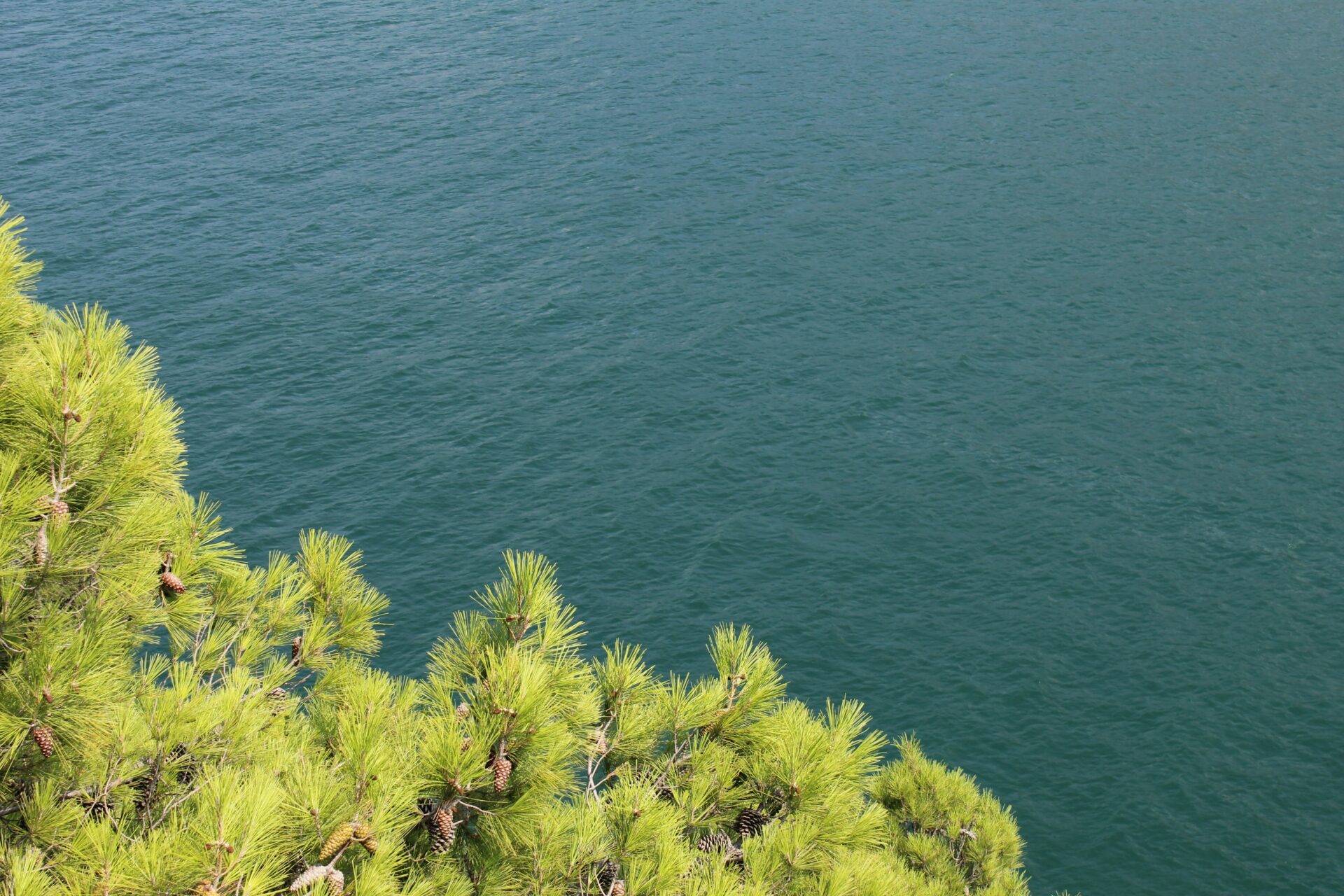
Even in summer, the lake stays refreshingly cool while the valleys heat up. Local families picnic and swim along its shores, but there’s always a peaceful spot if you want some quiet.
Underground springs keep the water clear all year. Walking the 7km path around the lake gives you new views and photo ops at every turn.
Serene Streams and Hidden Waterways
Beyond Lago del Matese, streams weave through the landscape. The Biferno and Tammaro rivers start here as tiny brooks before growing into important waterways for the region.
I love finding the hidden gorges where streams have carved paths through the limestone. The water runs so clear that you can spot trout darting between the rocks.
These waterways form little micro-ecosystems. In spring, wildflowers cover the banks and dragonflies float above the surface.
Best streams to visit:
- Biferno headwaters (peaceful walks)
- Tammaro valley streams (wildlife spotting)
- Gorge streams in Matese Regional Park (dramatic scenery)
Kayaking, Fishing, and Waterside Adventures
Matese’s waters offer endless ways to unwind or get active. I’ve spent hours kayaking on Lago del Matese, gliding across water so clear I could see meters below my boat.
If you love fishing, you’ll find paradise here—lakes and streams are full of trout. Local guides can point you to the best spots and show you their favorite techniques. Just remember to check permit requirements at the park center.
Sometimes, I just sit by the lake as the sun sets behind the mountains. The colors shift on the water, and it’s the perfect way to escape modern stress.
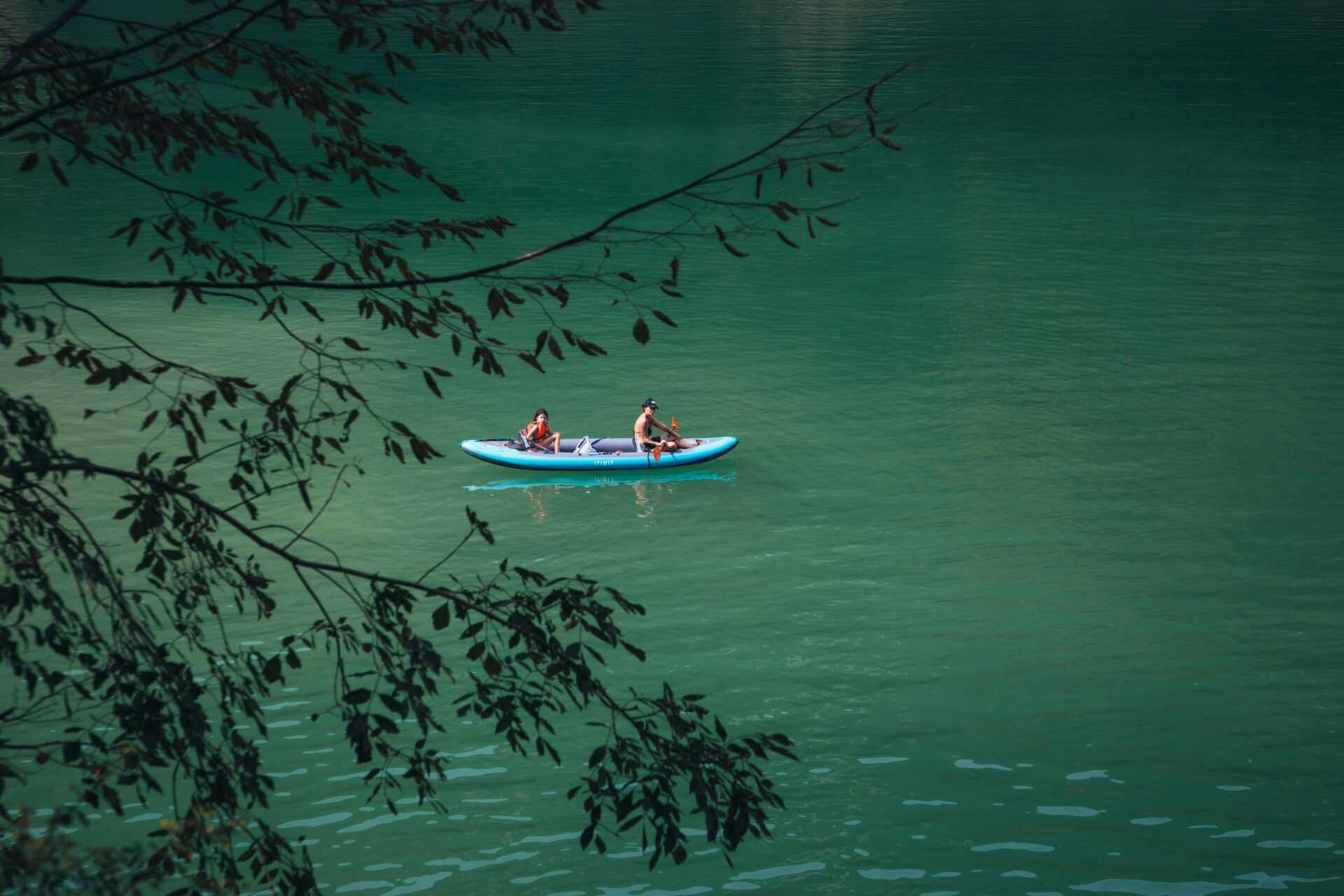
Water temperatures by season:
| Season | Lake Temperature | Stream Temperature |
|---|---|---|
| Spring | 12-15°C | 8-10°C |
| Summer | 18-22°C | 12-16°C |
| Fall | 14-17°C | 10-12°C |
| Winter | 5-8°C | 3-6°C |
Outdoor Adventures for Every Traveler
Matese offers outdoor experiences for everyone—from casual nature lovers to hardcore adventurers. Whether you want to hike ancient forests, ski pristine slopes, or spot wildlife in its natural habitat, this landscape delivers.
Hiking Trails and Trekking Routes
I’ve wandered trails all over Italy, but Matese’s network of paths really stands out. Rolling hills offer easy routes for beginners and families. More challenging trails reward you with sweeping mountain vistas.
My favorite trek follows old shepherd paths through oak and beech forests. These trails tell stories of the region’s pastoral past and offer stunning valley views.
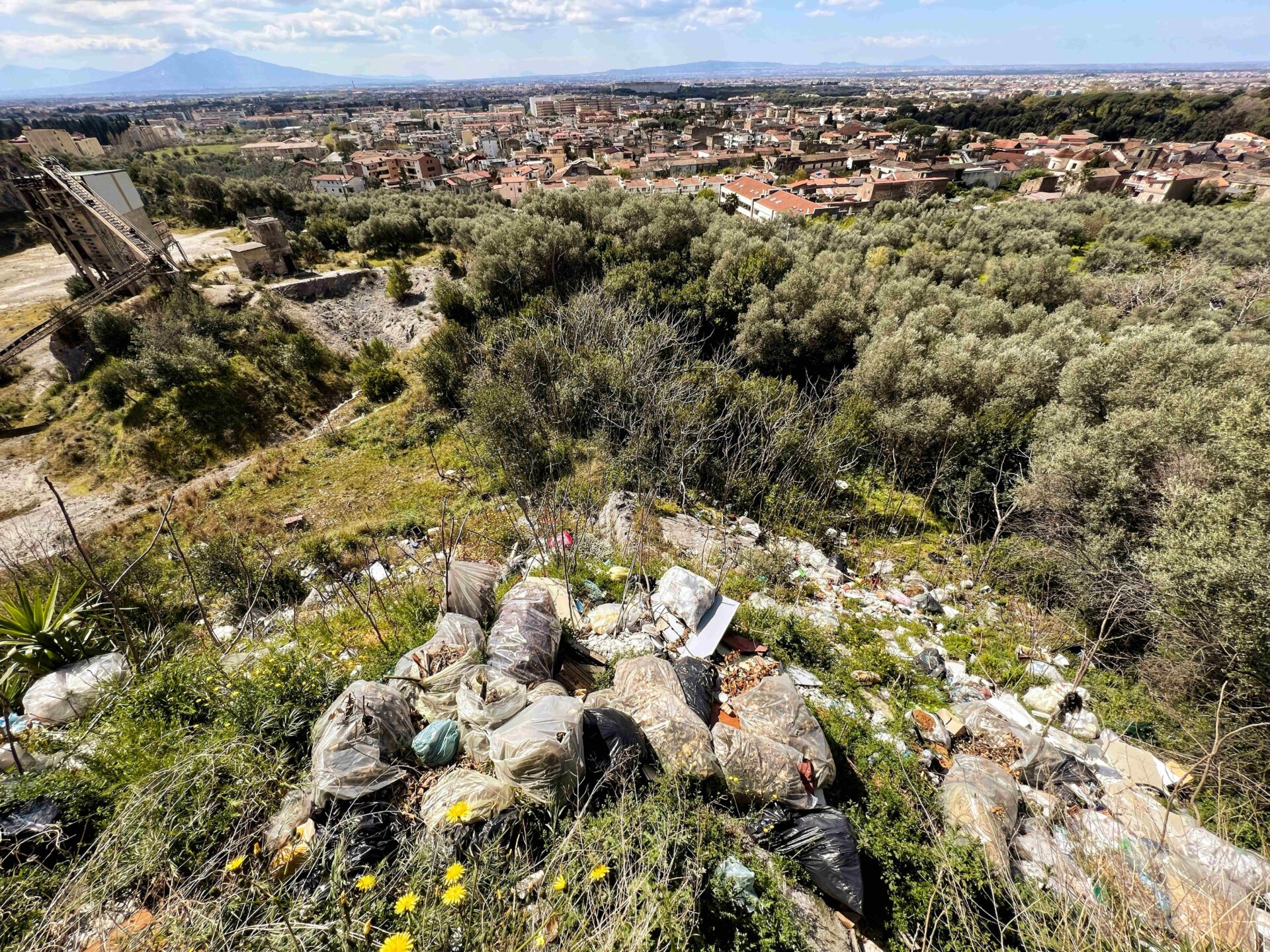
Serious hikers can tackle the trail to Monte Miletto (2,050m). The panoramic view stretches to the Tyrrhenian Sea on clear days. I suggest starting early to dodge the summer heat.
Don’t miss the lakeside walking paths around Lake Matese. Flat, accessible trails circle the water—perfect for a peaceful stroll without any climbing.
Winter Sports and Skiing at Campitello Matese
Campitello Matese turns magical when snow covers its slopes. This hidden gem offers great skiing without the crowds you’ll find at bigger resorts.
You’ll find 40km of well-maintained slopes for all abilities. I love the panoramic runs that let you take in the Molise region while gliding down powdery snow.
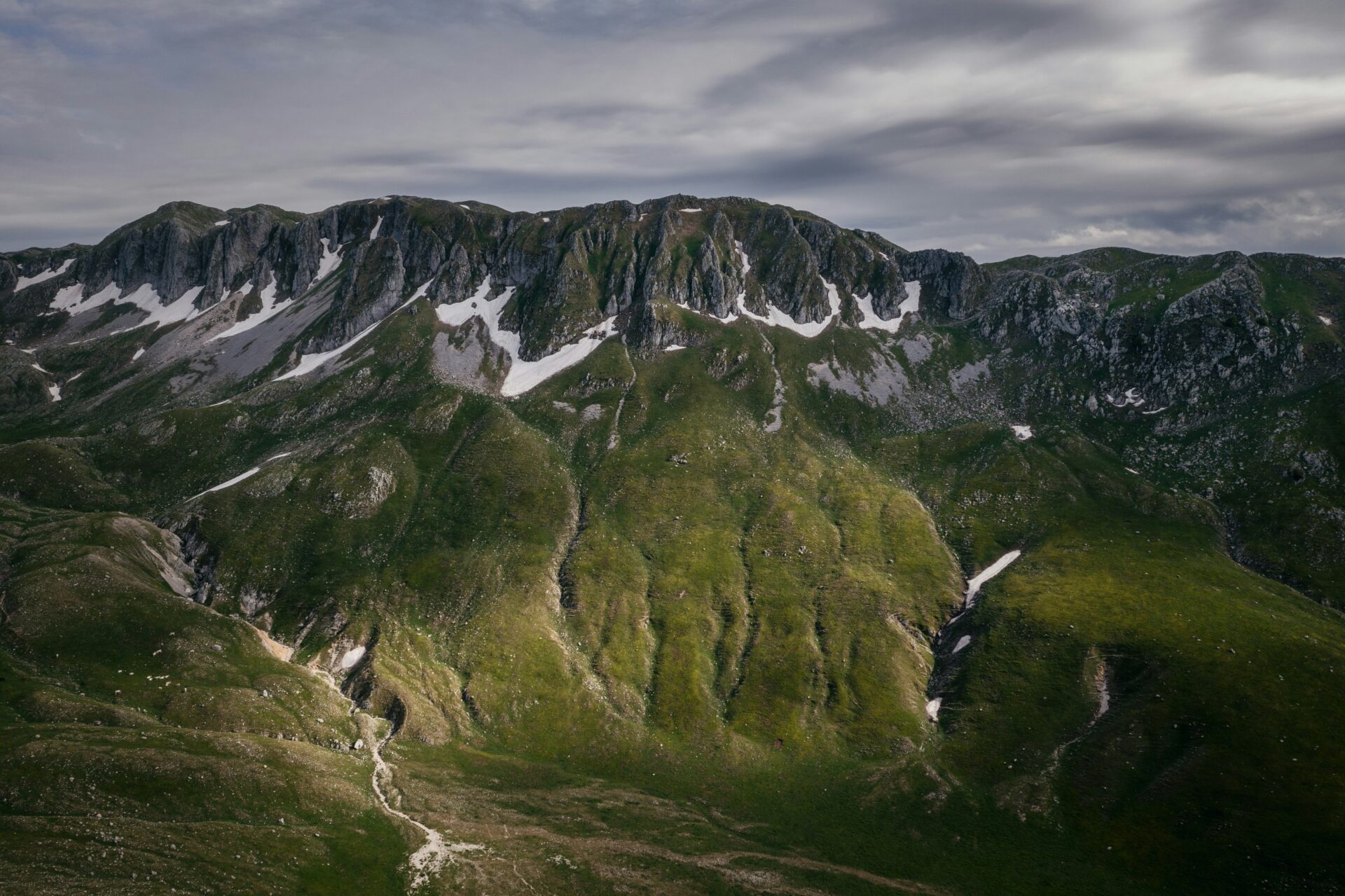
There’s more than just downhill skiing here. Try cross-country skiing through silent forests or snowshoeing along marked trails. You can rent gear at the base of the mountain.
Families will appreciate the beginner slopes and snow park, which make it easy for kids to learn. After a day outside, nothing beats warming up with local hot chocolate at a mountain chalet.
Wildlife Photography and Animal Encounters
Matese’s biodiversity makes it a haven for nature photographers and wildlife fans. I’ve spent early mornings in misty valleys, hoping to capture perfect shots of the region’s animals.
You might spot wild boars, wolves, or golden eagles soaring overhead. Dawn and dusk are the best times for animal sightings and great lighting.
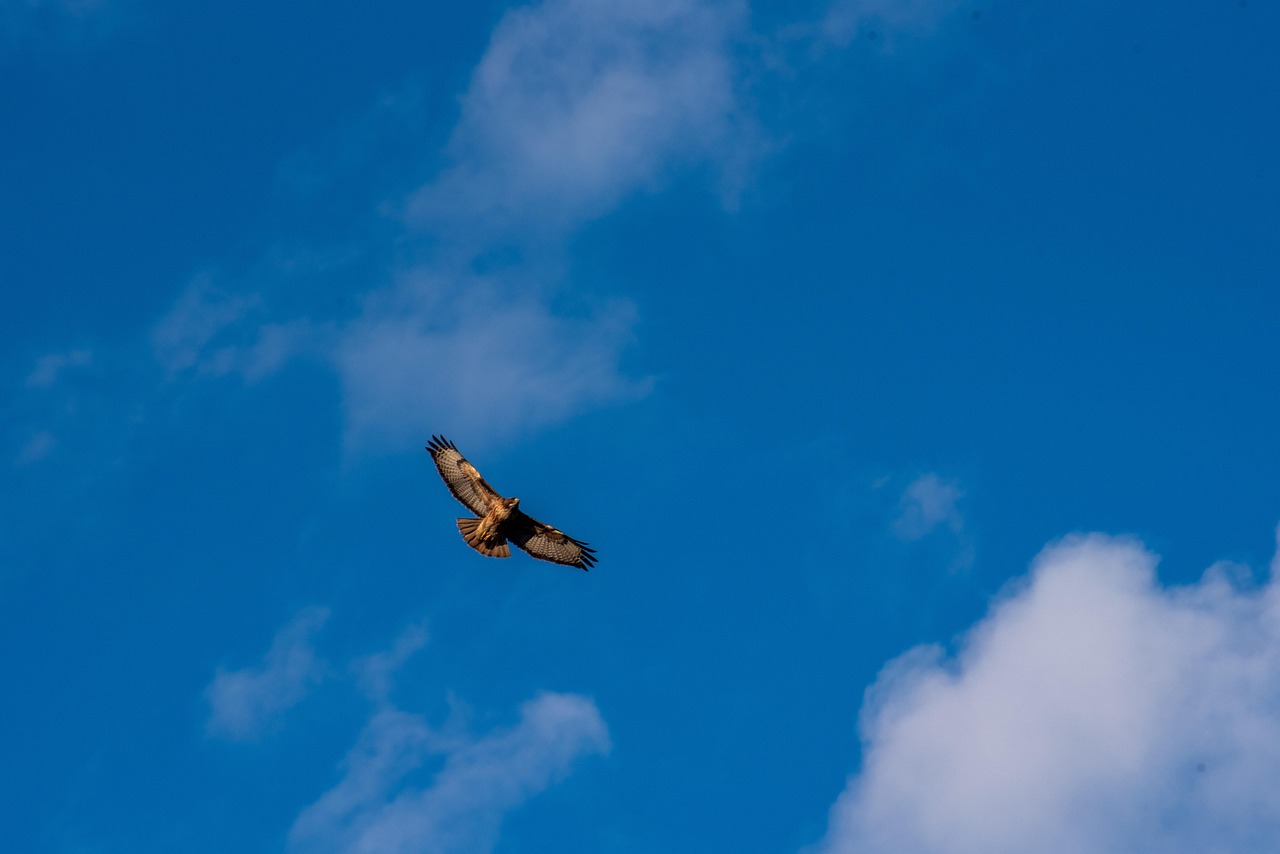
Guided wildlife tours led by locals can help you find shy animals. I recommend bringing a telephoto lens (at least 200mm) to photograph wildlife from a respectful distance.
Some natural reserves set up feeding stations and hides to boost your chances of memorable encounters. In spring, wildflowers fill the hills with color and make for incredible landscape shots.
Biodiversity and Unique Ecosystems
Matese Regional Park is a true haven for biodiversity. Its varied elevations and water sources create perfect conditions for all sorts of life to thrive.
Flora and Fauna of the Matese Region
Walking through Matese’s forests, I’m always amazed by the plant diversity. The region hosts countless plant species that thrive at different altitudes and habitats.
Spring brings rare orchids that add bright splashes of color—great for photos.
The forests mix beech, oak, and maple trees. In autumn, the canopy turns gold and red, and it’s honestly magical.
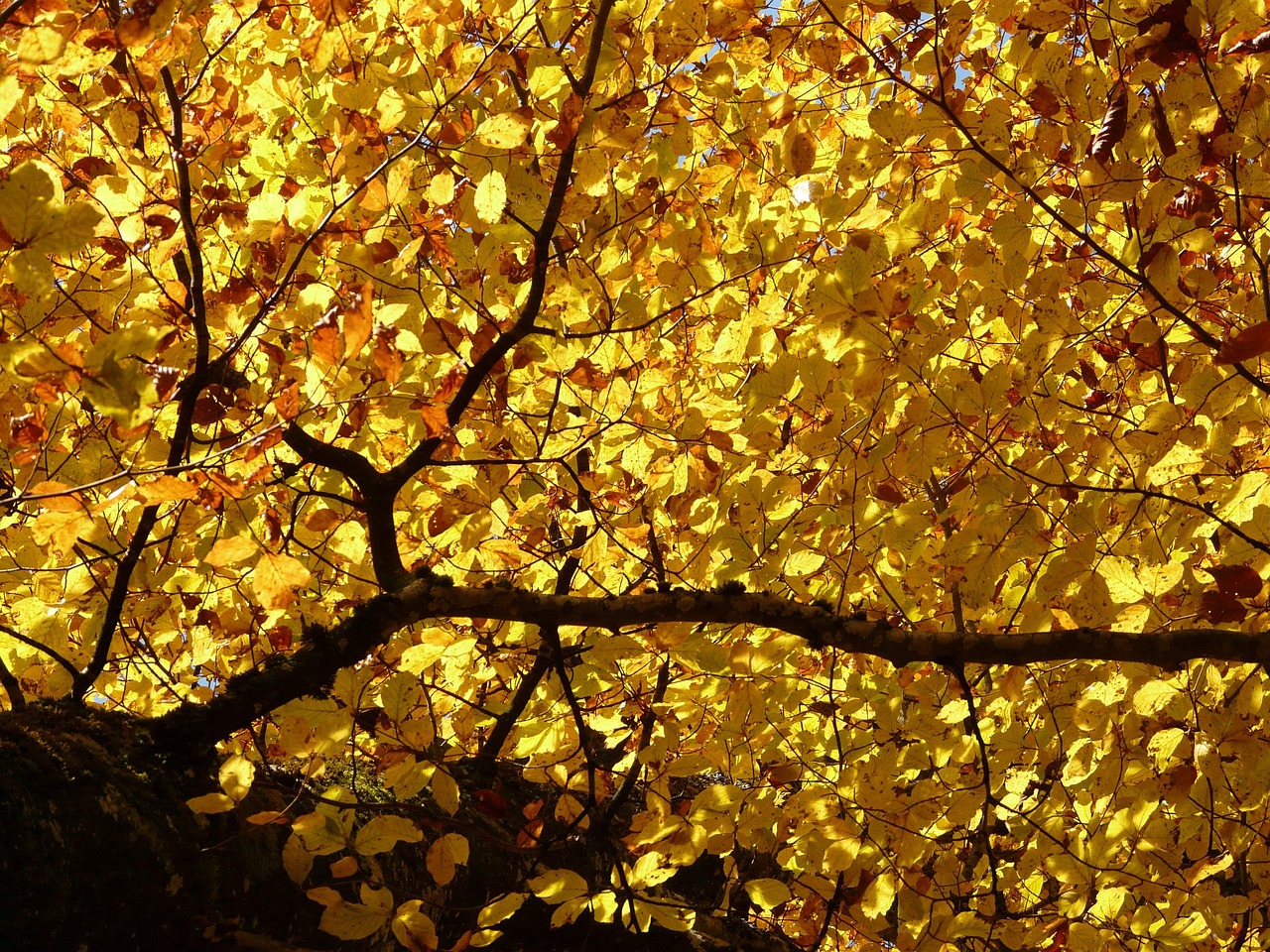
Lower down, you’ll find Mediterranean vegetation. Higher up, alpine species have adapted to harsher conditions. This gradient makes Matese a favorite for botany geeks and nature photographers.
Wild Boars, Deer, and Rare Animal Species
On early morning hikes, I’ve spotted wild boars rooting in the underbrush. It’s always a thrill, though they’re pretty common here.
Deer move gracefully through the forests, especially at dawn and dusk. If you’re patient and quiet, you might see them drinking from Lake Matese.
The park protects several rare and threatened species. Birds of prey circle high above, while smaller creatures like the Italian crested newt live around the lakes and streams.
What sets Matese apart is just how undisturbed it feels. Animals act naturally here—there’s no sense of a zoo or over-managed park.
Conservation Efforts and Biodiversity
Matese’s protected status has played a huge role in preserving its biodiversity. Local conservation teams keep an eye on wildlife and plant communities to ensure they stick around.
I’ve joined guided tours with park rangers who explain why ecosystem services—like carbon storage or water purification—matter for wildlife and nearby communities.
The park manages tourism by marking trails and setting up restricted zones. That way, visitors can experience the region’s beauty without harming sensitive habitats.
Educational programs for visitors and locals encourage sustainable ways to interact with the environment. I think these initiatives help people appreciate the park’s importance and support ongoing conservation.
Cultural Heritage and Historical Legacy
Matese’s mountains are steeped in centuries of history and culture. As I’ve traveled between Campania and Molise, I’ve come across remnants of ancient civilizations and lively local traditions that still thrive today.
Ancient Ruins and Archaeological Sites
While hiking through Matese, I realized history here isn’t locked away in museums—it’s part of the land itself. The region features archaeological sites from the Samnite civilization, who once defended these mountains against Rome.
One of my favorite finds was the “megalithic walls” near Piedimonte Matese. These massive stone structures show off impressive engineering from pre-Roman times.
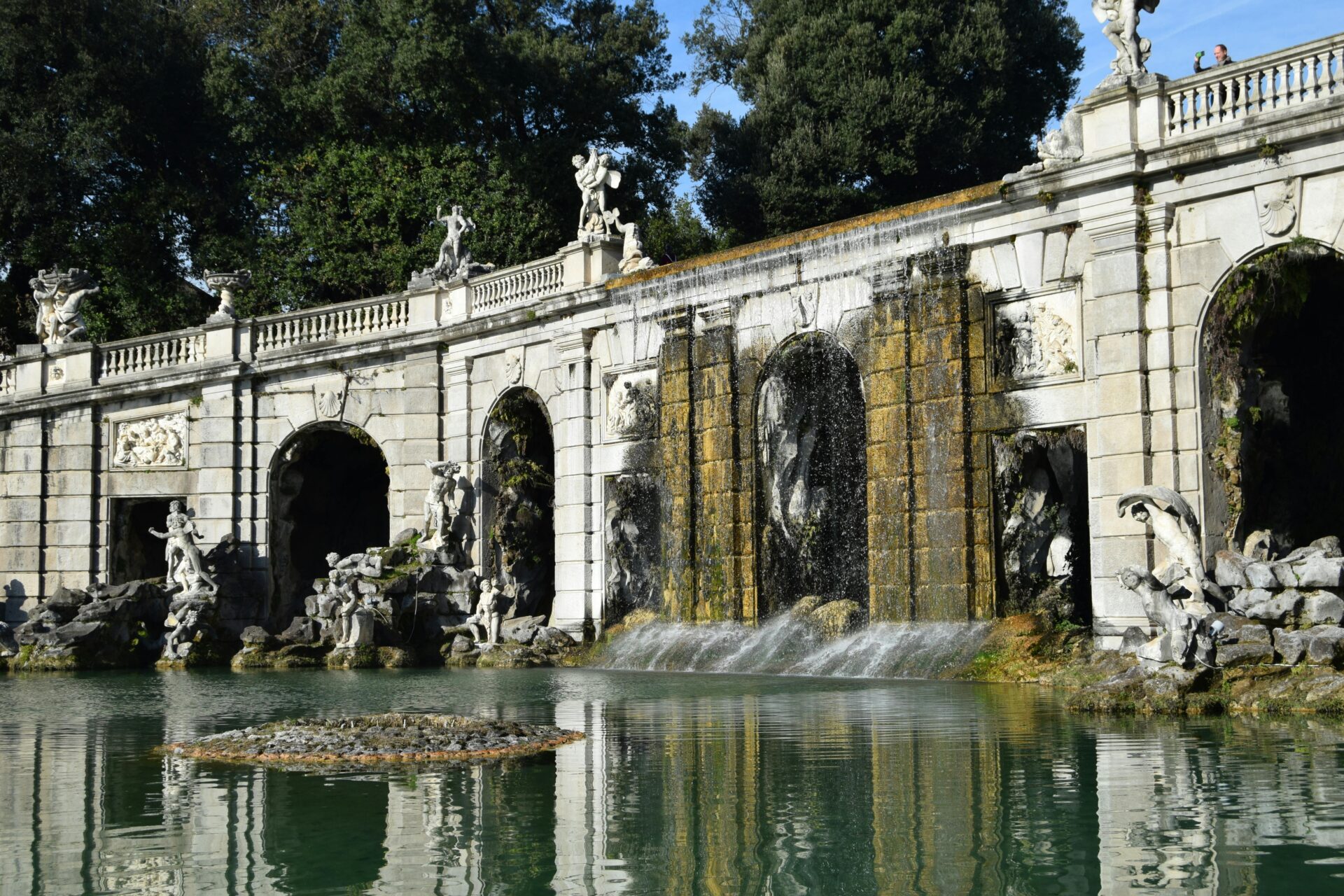
Near Sepino (Altilia), I wandered a well-preserved Roman municipium with remains of a theater, forum, and thermal baths. It’s a rare peek at daily life in Roman times.
Cave settlements throughout the region tell an even older story, dating back to prehistoric times. Later, these caves became hermitages and sanctuaries during the medieval period.
Stories from Campobasso, Isernia, Caserta, and Benevento
Campobasso’s historic center drew me in with its medieval castle perched high on a hill. Castello Monforte offers sweeping views and houses some fascinating local history museums.
In Isernia, I visited La Pineta, a prehistoric site with evidence of human settlements from 700,000 years ago. The city’s archaeological museum does a great job displaying these ancient finds.
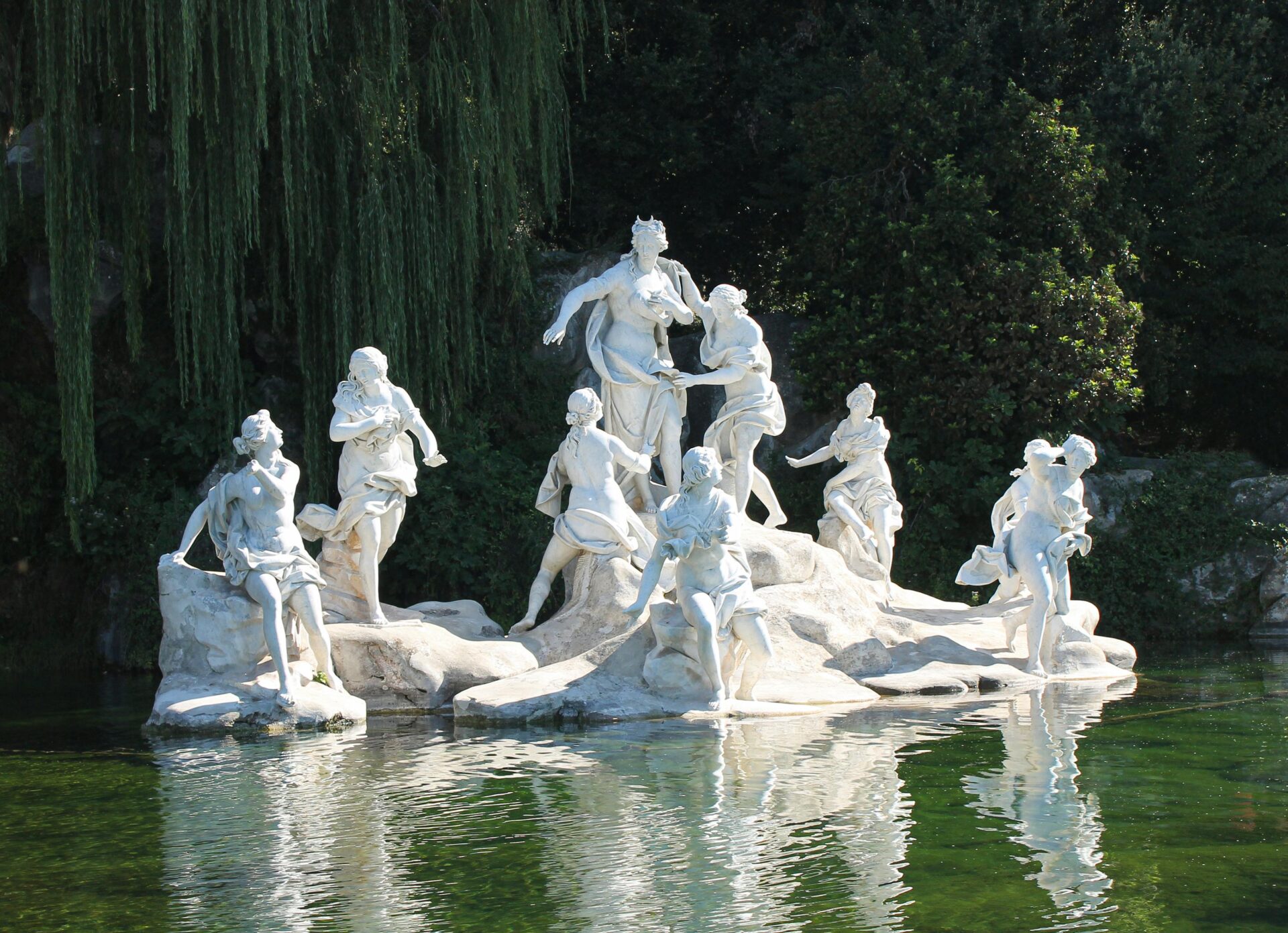
Caserta province is home to the Royal Palace—a UNESCO World Heritage site that rivals Versailles. I spent hours exploring its grand rooms and sprawling gardens.
Benevento surprised me with its Roman theater and the Arch of Trajan, both reminders of the area’s strategic importance. The city’s witch legends and folklore add a mysterious twist to its cultural scene.
Local Culture and Distinctive Cuisine
The villages scattered through the Matese mountains keep their unique traditions alive. I joined in on seasonal festivals, like the “Carrese” ox cart races and religious processions that blend Catholic and pre-Christian customs.
Traditional crafts still flourish here. I watched artisans weave baskets, shape pottery, and carve wooden tools using old-school methods. Many workshops welcome visitors to watch or try their hand.
The food reflects the region’s pastoral roots. I tasted cheeses like caciocavallo and pecorino, crafted from local shepherds’ flocks. These pair perfectly with robust red wines from family vineyards.
My favorite dish was “maccheroni alla chitarra”—pasta cut with a wooden frame strung with wires. Served with rich ragù from local livestock, it’s the kind of hearty, genuine flavor that defines Matese cooking.
Borders, Journeys, and Exploring Neighboring Lands
Matese sits at a crossroads where different Italian regions meet. That means travelers can experience a mix of landscapes and cultures within a short drive.
Meeting of Campania and Molise: Between Two Regions
From certain peaks in the Matese, I’ve seen the invisible line where Campania and Molise meet. No fences here—just subtle shifts in dialect, food, and architecture.
On the western slopes, you’re in Campania, with its Bourbon influences and Mediterranean vibe. Hike east into Molise and the landscape gets wilder, more untouched.
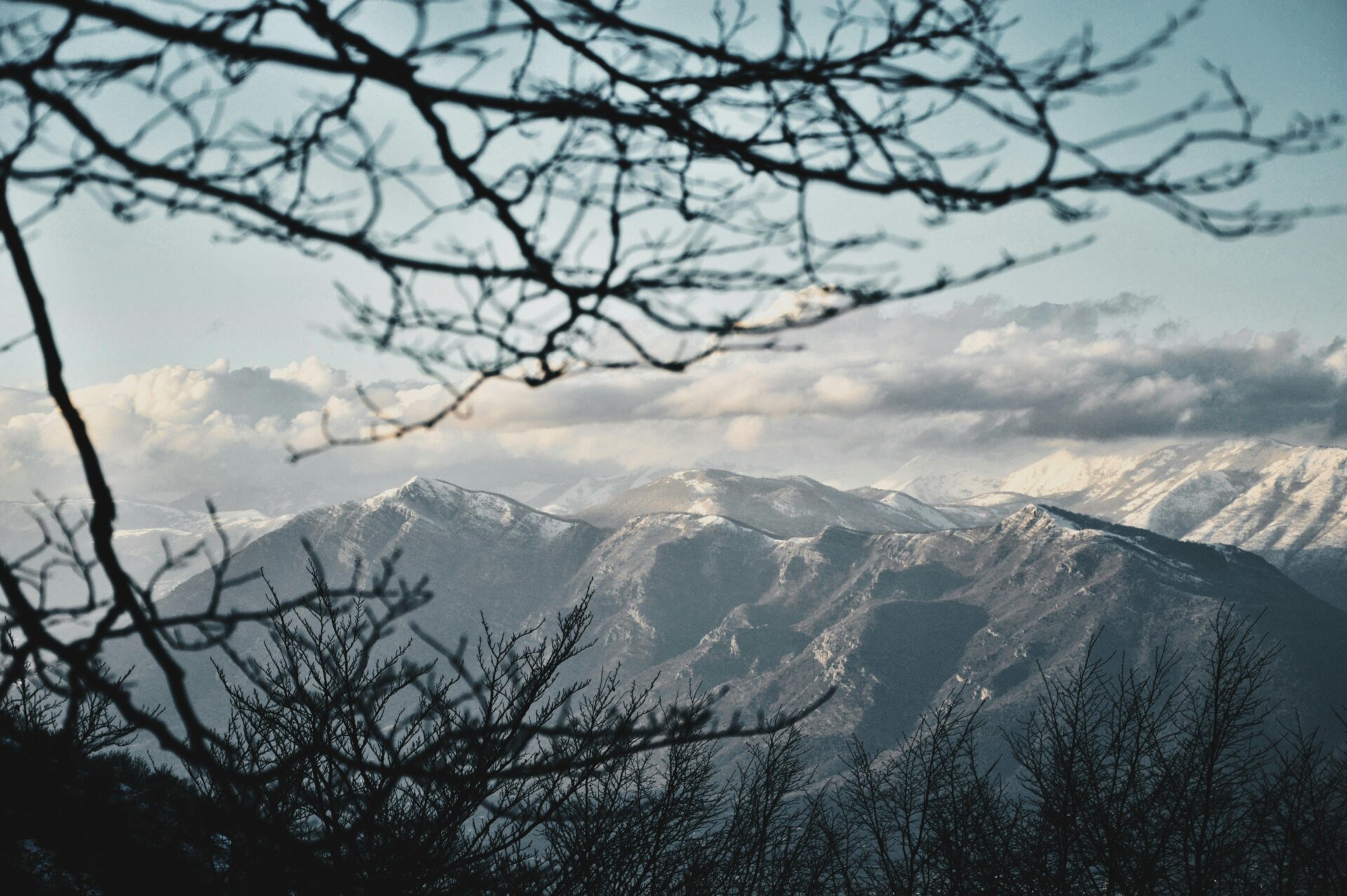
Local festivals bring out these regional quirks. In Campania, I’ve joined elaborate religious processions, while Molise towns celebrate with ancient harvest rituals that most tourists never see.
Cross-border hiking trails are the best way to experience both sides. The path from San Gregorio Matese (Campania) to Bojano (Molise) took me through shifting ecosystems and gave me views of both regions.
Connections to Puglia, Abruzzo, and the Adriatic Sea
From Matese, I’ve taken day trips to neighboring regions with totally different vibes. The Adriatic coast is just 90 minutes east—Termoli has beautiful beaches and fresh seafood.
Heading northeast, Abruzzo’s wild mountains and national parks feel like a natural extension of Matese. The transition is gradual as you drive through dramatic mountain passes.
Puglia lies southeast, and getting there shows how the mountains flatten into rolling hills and olive groves.
The coastal drive from Termoli toward Puglia offers stunning sea views. I always stop at fishing villages for lunch—the seafood is fresh and usually half the price of what you’d pay in tourist centers.
Scenic Drives Through Villages and Castle Towns
My favorite drive winds through Castel Morrone, a medieval village with narrow streets leading to a castle overlooking both regions. Locals are friendly and sometimes invite you to join impromptu street gatherings.
Another great route connects the castle towns that once guarded the borders. These fortresses now make perfect photo stops.
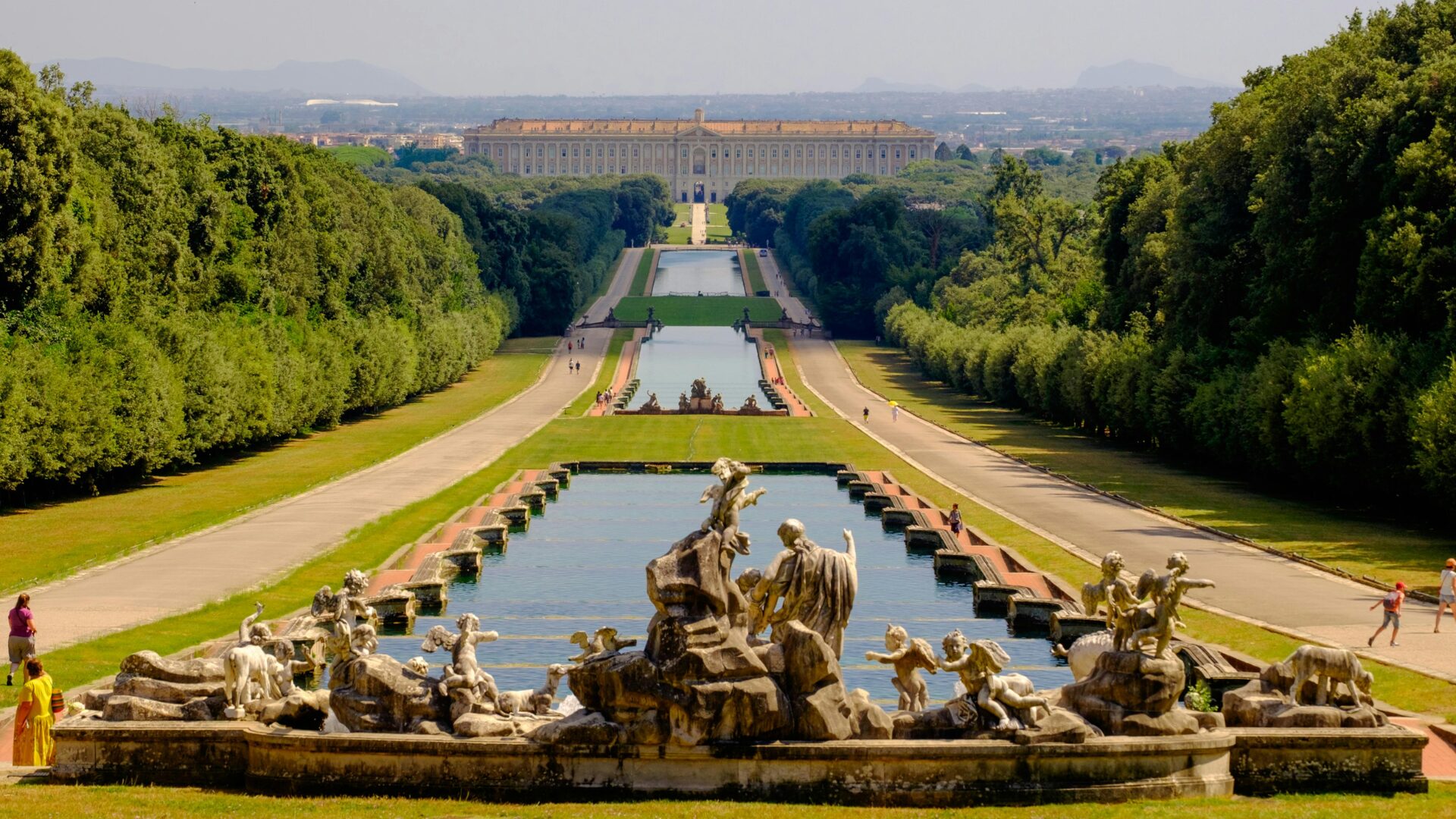
In spring, wildflowers line the roads. In autumn, golden and crimson leaves transform the landscape. I never leave without my camera.
Top Scenic Routes:
- Matese Lake Circuit (2 hours, moderate)
- Castello-to-Castello Route (4 hours, with plenty of stops)
- Molise Highlands Drive (3 hours, high-elevation viewpoints)
Where to Stay: Italy Hotels and Rural Escapes
I’ve found accommodations here offer great value compared to more touristy parts of Italy. Rural agriturismi (farm stays) give you an authentic experience, plus home-cooked meals made with ingredients straight from the farm.
If you want luxury, try a renovated castle like Castello di Sepino. I spent a night in a tower room with views over the valley—pure magic.
Budget travelers can check out small, family-run hotels in towns like Piedimonte Matese. Often, rates include breakfast and dinner—surprisingly affordable.
Accommodation Recommendations:
- Luxury: Palazzo Ducale (restored noble residence, €180+/night)
- Mid-range: Agriturismo Monte Matese (farm stay with pool, €85-120/night)
- Budget: Locanda del Borbone (family-run guesthouse, €55-70/night)

